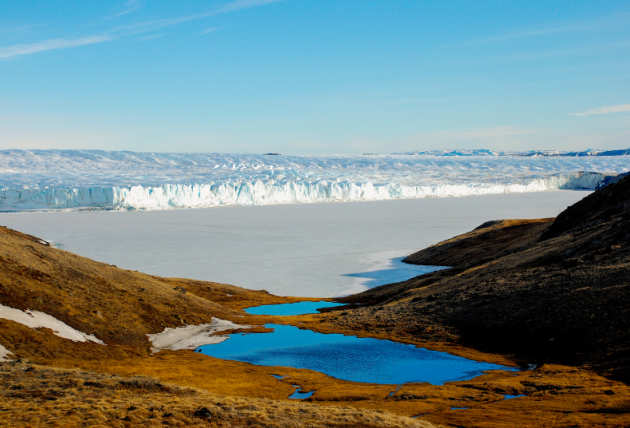Topics: Earth systems science
Type: Briefing paper
Publication date: July 2015
Download
- Sea level change - BN1 [PDF]
Summary
 Authors: Professor Martin Siegert
Authors: Professor Martin Siegert
Around 250 million people live in coastal regions less than 5 m above sea level. Changes to sea level impact people either directly by flooding or indirectly through the transgression of seawater into cities, farmland and water resources. Knowledge of how and why sea level is changing is, thus, of key importance to society.
This briefing note examines how sea level has varied in the past, the influence of mechanisms including ice sheet melt, and how sea level is likely to change in future under climate change.
The headlines
- Melting of ice sheets at the end of the last Ice Age caused 120 m of sea level rise over ~10,000 years
- Sea level has risen by ~20 cm since the mid 19th Century
- 250 million people live in coastal regions less than 5 m above sea level
- Satellite data reveal ice loss in Greenland and Antarctica, which may be irreversible
- Ice sheets are likely to be increasingly important to sea level rise under climate and ocean warming
- The major ice sheets of Greenland and Antarctica together contain enough ice to raise sea level by ~65 m
- Projections of sea level in a ‘worst case’ greenhouse gas emissions scenario point to at least 80 cm of sea level rise by the end of this century
- Continued greenhouse gas emissions will result in 1-3 metres of sea level rise per degree of warming
Download now: Sea level change - BN1
Related content
- Video: How is Antarctica Changing and Why Should We Care? - Martin Siegert's Inaugural Lecture
View publications by:
Topic
Climate Science
Earth and Life Sciences
Energy and Low-Carbon Futures
Resources and Pollution
Economics and Finance
Health
View all publications and browse by year
Publication type
Briefing papers and Briefing notes
Grantham Institute Outlooks
Evidence & submission papers
Infographics